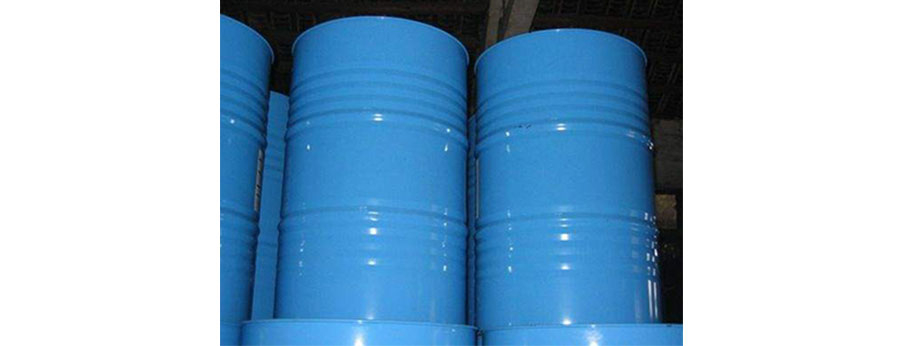
Alias: glycol
English Name: ethylene glycol, mono ethylene glycol, Meg, eg
English alias: glycol, 1,2-ethanediol
Molecular formula: C2H6O2
CAS No.: 107-21-1
EINECS No.:203-473-3
Freezing point: - 12.6 ℃
Boiling point: 197.3 ℃
Flash point: 111.1 ℃
Solubility:
It is miscible with water / ethanol / acetone / glyceryl acetate pyridine, slightly soluble in ether, insoluble in petroleum hydrocarbon and oil, and can dissolve inorganic substances such as zinc chloride / sodium chloride / potassium carbonate / potassium chloride / potassium iodide / potassium hydroxide.
Purpose:
It is mainly used in the production of polyester, polyester resin, moisture absorbent, plasticizer, surfactant, synthetic fiber, cosmetics and explosives. It is also used as solvent of dye / ink, antifreeze agent of engine, gas dehydrating agent, resin and wetting agent of cellophane, fiber, leather and adhesive. It can produce synthetic resin pet, fiber grade pet that is polyester fiber, bottle grade PET can be used to make mineral water bottles. It can also produce alkyd resin, glyoxal and so on. It can also be used as antifreeze. In addition to being used as antifreeze for automobiles, it is also used for the transportation of industrial cooling capacity, which is generally called as carrier refrigerant.
When ethylene glycol is used as refrigerant, attention should be paid to:
1. The freezing point changes with the concentration of ethylene glycol in aqueous solution. When the concentration is below 60%, the concentration of ethylene glycol in aqueous solution increases and the freezing point decreases. However, when the concentration exceeds 60%, with the increase of ethylene glycol concentration, the freezing point increases and the viscosity also increases. When the concentration reaches 99,9%, the freezing point rises to - 13,2 ℃, which is an important reason why the concentrated antifreeze (antifreeze mother liquid) can not be used directly, which must be paid attention to by users.
2. Ethylene glycol contains hydroxyl groups. If it works at 80-90 ℃ for a long time, glycol will be oxidized to glycolic acid first, and then to oxalic acid, namely oxalic acid (oxalic acid), which contains two carboxyl groups. Oxalic acid and its by-products affect the central nervous system first, then the heart and then the kidneys. Without proper treatment, excessive intake of glycol can lead to death. Ethylene glycol oxalic acid, which causes corrosion to the equipment and causes leakage. Therefore, there must be preservatives in the antifreeze solution to prevent the corrosion of steel and aluminum and the formation of scale.
3. Ethylene glycol itself is a relatively active substance, which is easy to polymerize into high molecular polymer, and further oxidized to polymer organic acid (commonly known as sludge), forming a very viscous substance, which is easy to scale after deposition; in addition, ethylene glycol reacts with oxygen to generate trace formic acid and ethylene acid.







